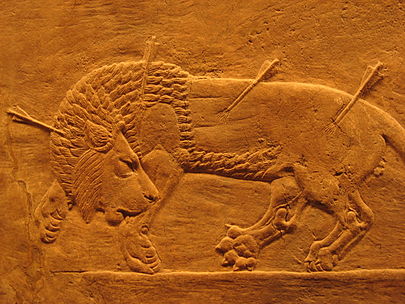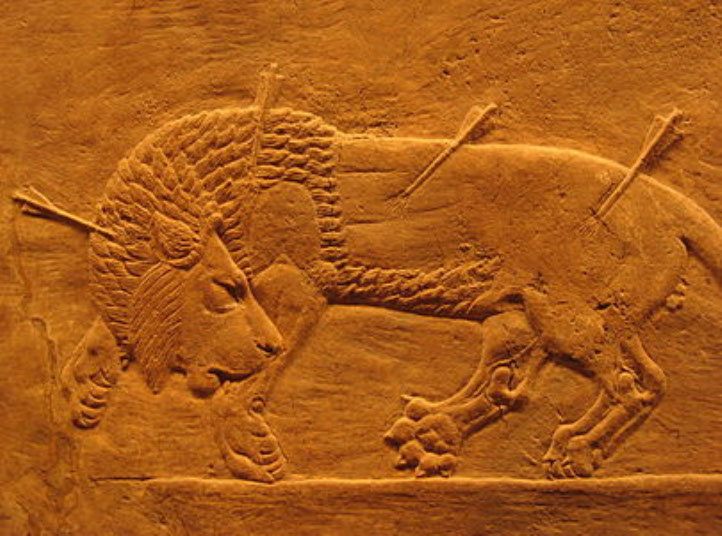
Assyrian art in the city of Nineveh (sculpture, architecture, painting and ceramics) knows through the excavations and later studies in Nineveh (present Mosul), and other cities that were part of the civilization of Assyrian people. The archeologists who worked in Mesopotamia studied the antiques before the Babylonian Assyrian, simply because it was easier. They found it easier to access and keep track of the excavations of the city of Nineveh, where almost intact stone foundations, to do it in Babylon, where abounded very adobe destroyed by the passage of centuries were preserved. With extensive studies of palaces, temples and paths of the Assyrian cities, archaeologists acquired experience then allowed to continue,
The true creators of Assyrian art were the ancient Sumerians, people who are supposed source camita and peopled these lands by the year 4000. C. The style of these people was assimilated later (from 3000 to 1500 a. C.) by the Semitic people of the Acadians who came also to inhabit this region and was fused with the previous inhabitants and was also assimilated by the Babylonians . Between the eleventh and seventh centuries. C. Sumerian style acquires full swing with the Neo-Babylonian and Assyrian civilization
ASSYRIAN ART
HISTORY











